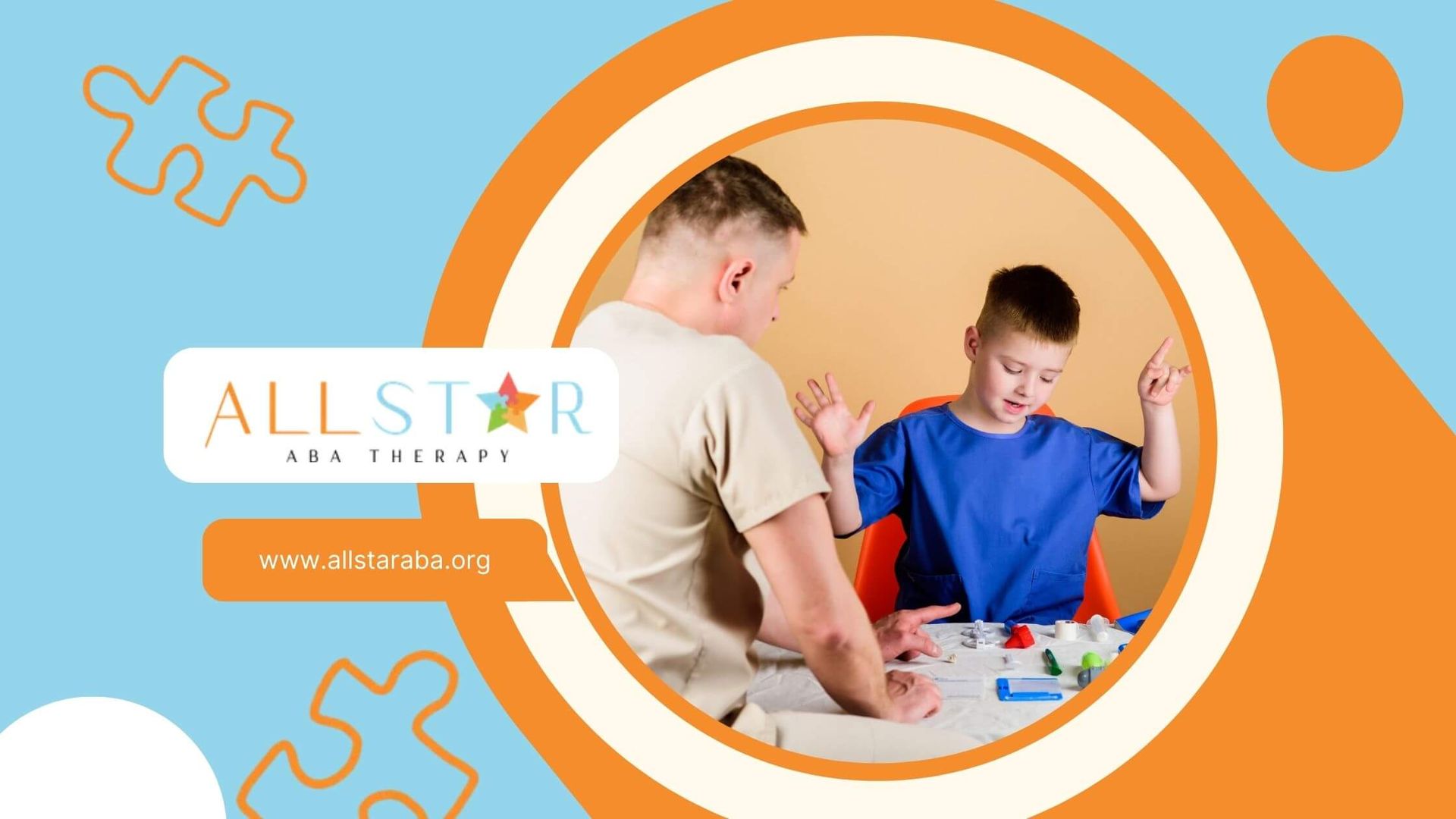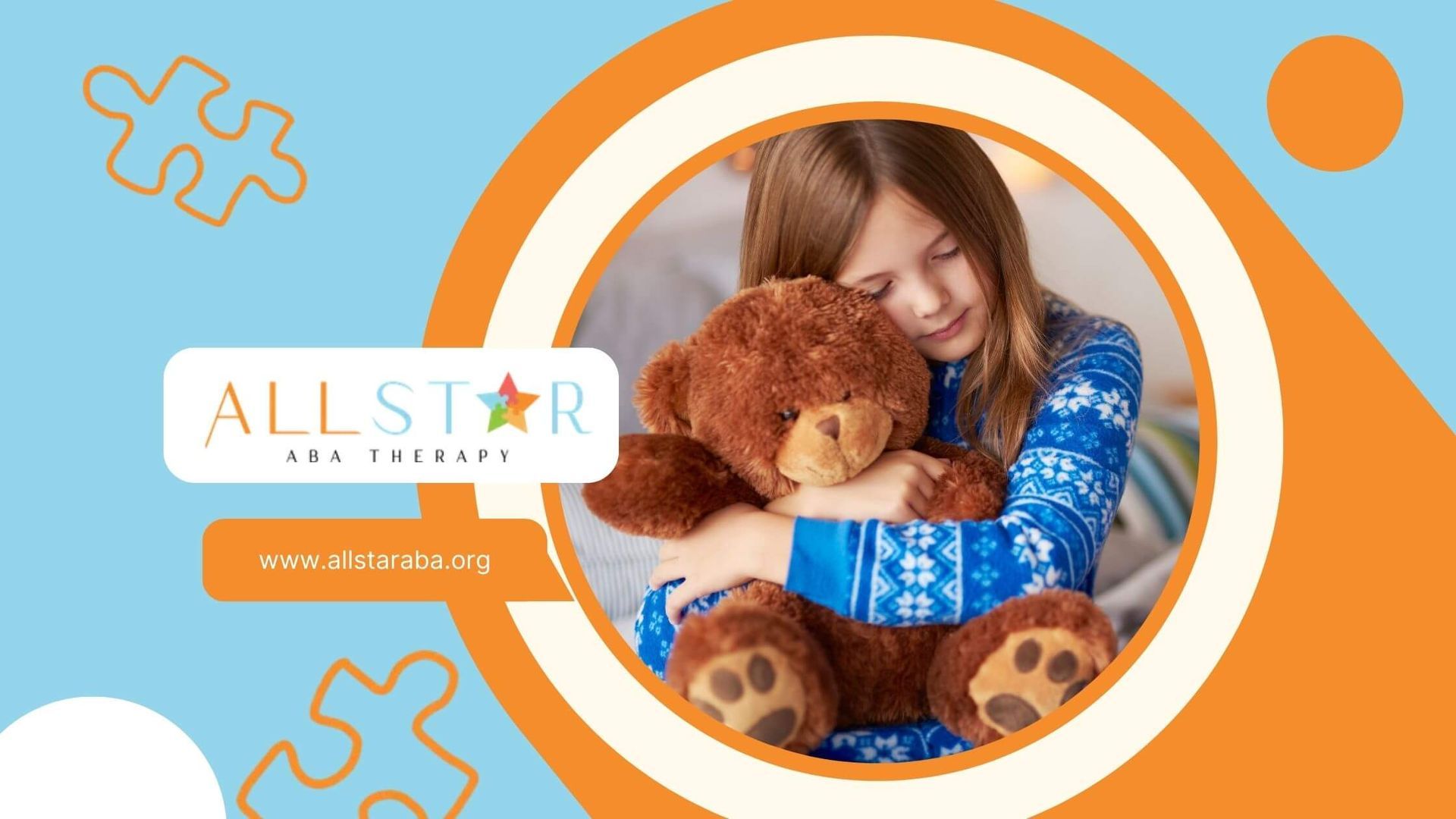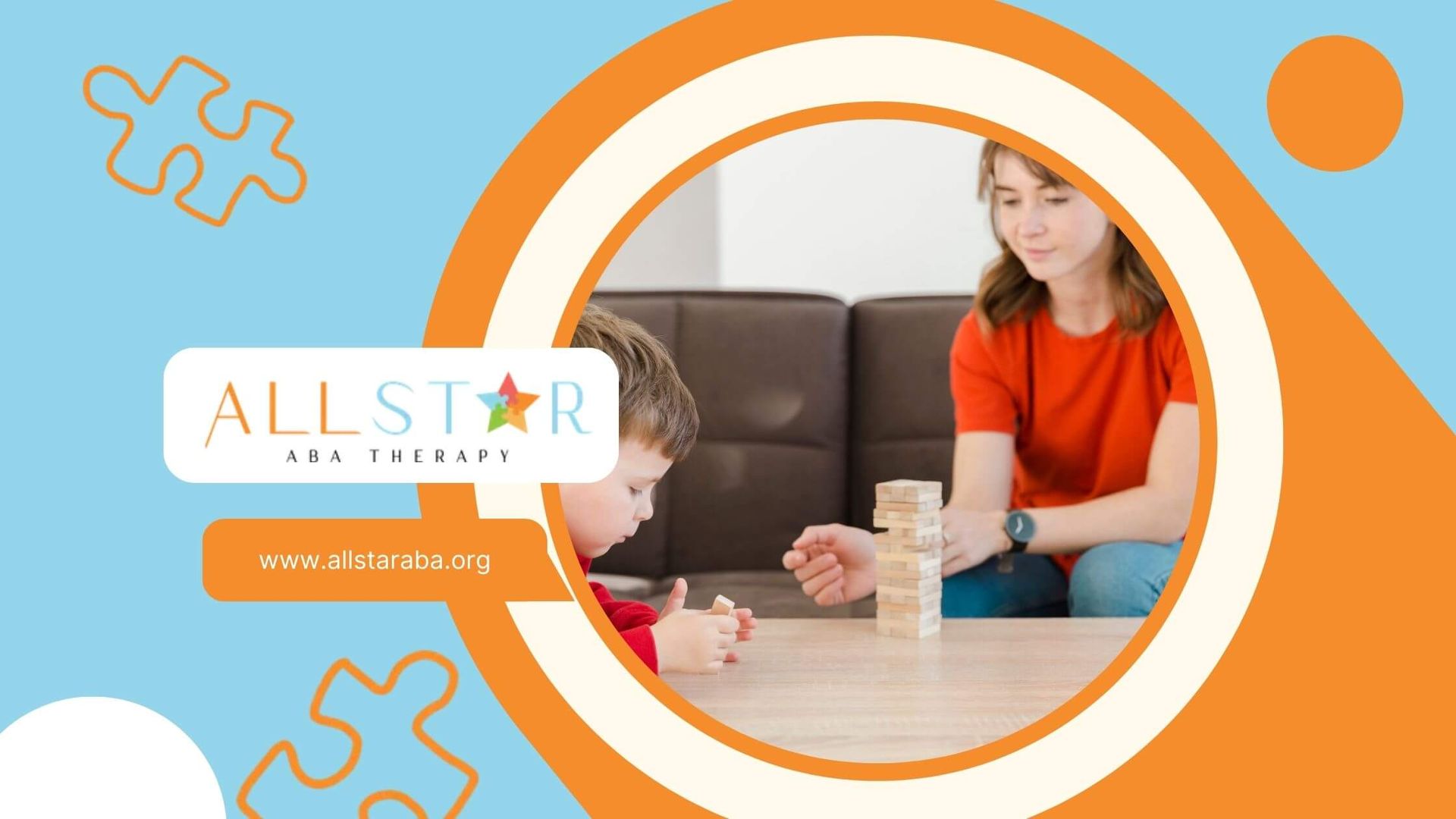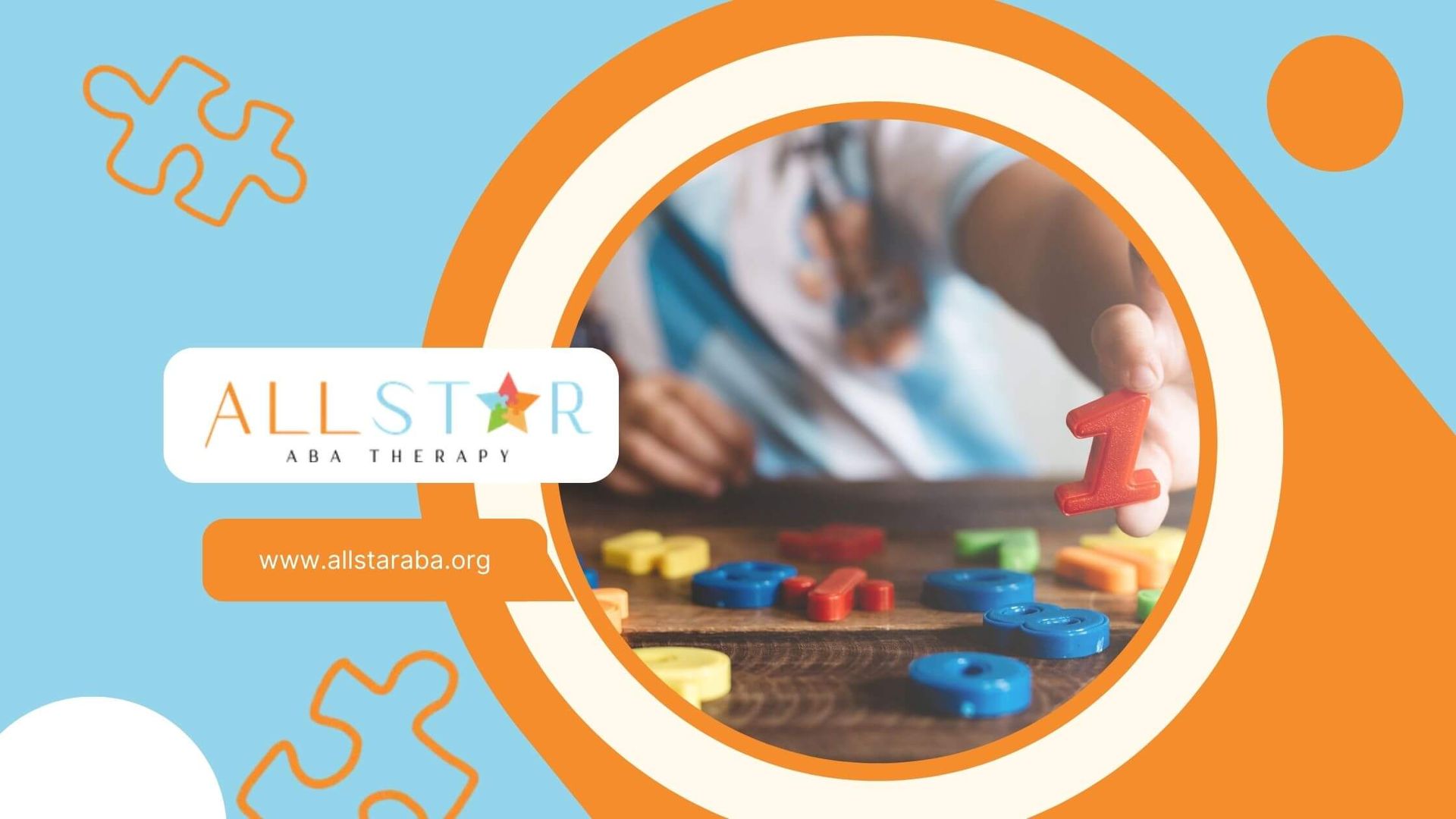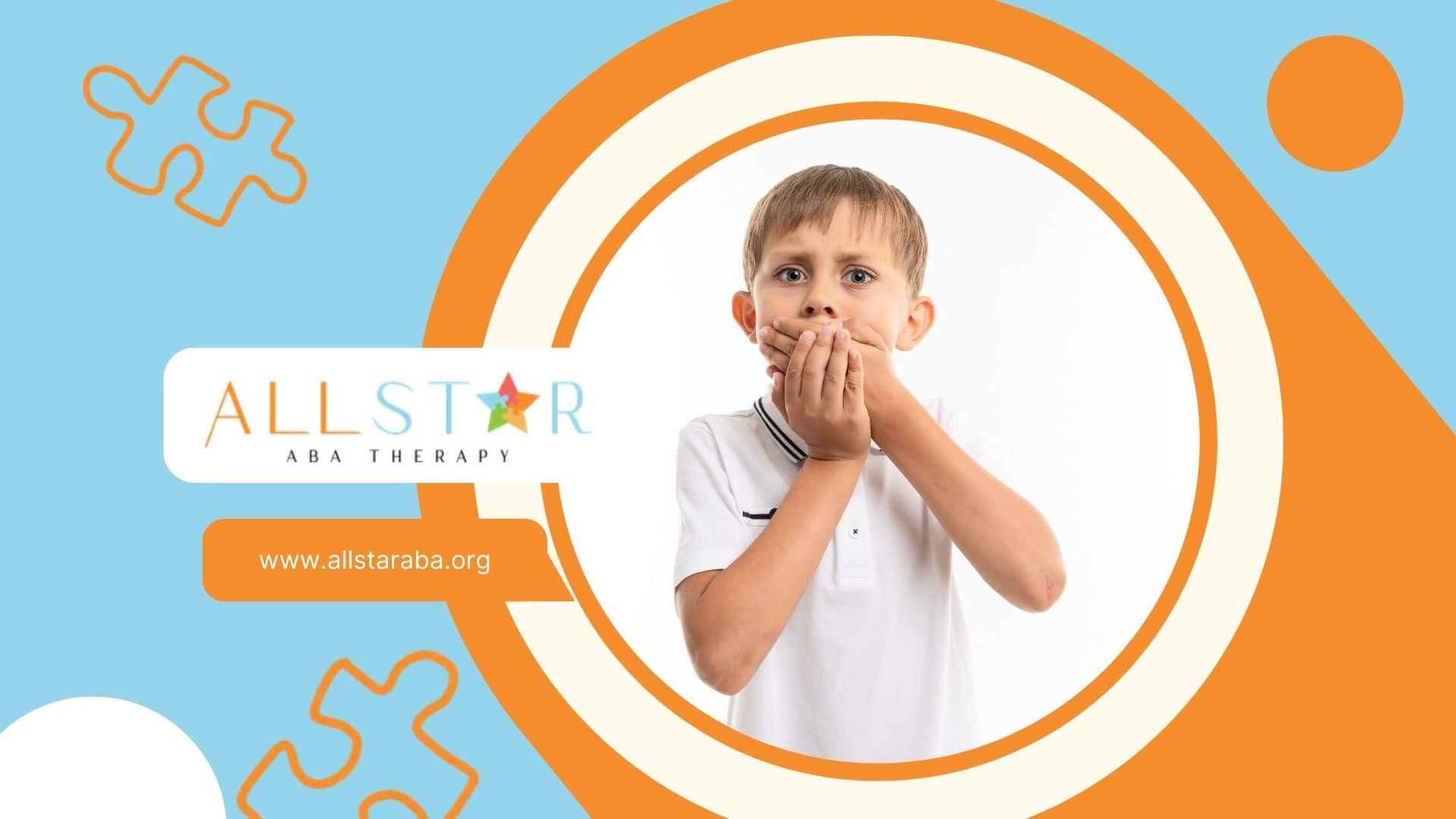New Paragraph
Are Autistic Toddlers Clingy? Understanding the Causes and Strategies for Support
Parenting toddlers can be a wonderful, whirlwind experience, and it’s natural to wonder about typical behaviors for this age. This is especially true for parents of autistic toddlers, who might be learning how autism spectrum disorder uniquely shapes their child’s development.
Among these behaviors is clinginess; if you're an autistic toddler’s parent, you might be wondering if your little one's clingy behavior is typical. Let’s explore this common behavior in autistic toddlers, discussing possible reasons and helpful strategies for parents.
Understanding Clinginess in Autistic Toddlers
It’s important to understand that clinginess in toddlers, including those on the autism spectrum, often reflects their growing attachment to their caregivers. This typically manifests as a desire to be physically close, difficulty separating, or displays of distress when separated from their primary caregivers.
While there are general developmental milestones for toddlers, each child is different, and this is especially true for autistic children, who experience the world in unique ways. Several factors related to autism, such as unique sensory processing, communication challenges, and preferences for social interaction, can all contribute to clinginess in autistic toddlers.
Recognizing these underlying reasons can help parents respond with empathy and provide the right support.
The Connection Between Autism and Attachment Behaviors
Individuals on the autism spectrum can exhibit unique attachment behaviors. Autistic toddlers might display clinginess differently, often seeking physical closeness for comfort or reassurance. Understanding this connection between autism and attachment is crucial for caregivers.
Building secure attachments while respecting the child's need for personal space can foster a sense of safety and predictability. By recognizing and supporting these behaviors, caregivers can help autistic toddlers navigate social interactions more confidently, promoting their emotional well-being.
Identifying Clinginess vs. Secure Attachment in Toddlers
Identifying whether a toddler is exhibiting clinginess or developing a secure attachment is crucial in understanding their emotional needs. In toddlers with autism, clinginess may manifest differently due to sensory sensitivities and communication challenges. Secure attachment is characterized by seeking comfort from caregivers and exploring the world confidently.
Observing how a toddler responds to separation and unfamiliar environments can provide insights into their attachment style and emotional security. By recognizing these behaviors early on, caregivers can provide the necessary support to nurture positive attachment and emotional development.
Factors Contributing to Clinginess in Autistic Toddlers
When seeking to understand your autistic toddler's clinginess, it's important to remember that many factors can play a role. These factors are often intertwined and stem from the core challenges associated with autism spectrum disorders.
Let’s explore two prominent factors that contribute to clinginess in autistic toddlers: sensory sensitivities and communication challenges. By recognizing how these factors impact your toddler's behavior, you can approach their clinginess with sensitivity and implement strategies to provide support.
The Role of Sensory Sensitivities and Overwhelm
Sensory sensitivities play a significant role in the behavior of autistic kids and toddlers. The overwhelming sensory input they experience can lead to clingy behavior as a way to seek comfort and regulate their emotions.
Understanding and addressing these sensitivities are crucial in supporting their well-being. By creating a sensory-friendly environment, providing tools to manage sensory overload, and introducing calming techniques, caregivers can help alleviate the overwhelming feelings that contribute to clinginess.
Communication Challenges and Their Impact on Behavior
Communication challenges significantly impact autistic toddlers’ behavior, often leading to frustration and misunderstood needs. The inability to express themselves verbally can result in heightened levels of distress and clingy behavior as a way to communicate their emotions and desires, including the need for eye contact.
As a parent or caregiver, understanding these challenges and exploring alternative ways of communication such as visual supports or social stories can help ease the child's frustration and enhance their overall well-being. By addressing communication obstacles, we can better support autistic toddlers in navigating social interactions and daily activities.
Strategies for Supporting Autistic Toddlers
Navigating clingy behavior in your autistic toddler can seem challenging at times. It's essential to remember that the goal is not to eliminate clinginess but to understand the reasons behind it and provide supportive strategies.
As you gain a deeper understanding of your toddler's individual needs, you'll be equipped to provide the right kind of support. Let’s explore some strategies that can help your autistic toddler feel secure, build independence, and thrive.
Establishing Routines to Provide Comfort and Predictability
Establishing routines for autistic toddlers is crucial in offering comfort and predictability. Consistent schedules can help reduce anxiety by creating a sense of stability and lessen the chances of meltdowns. Utilizing visual supports like visual schedules aids in understanding daily activities.
Predictable routines provide a foundation for a child's growth and development, offering reassurance in their daily life. By incorporating structured activities and maintaining consistency, caregivers can create a secure environment that promotes a sense of safety and stability for autistic children.
Encouraging Independence Through Structured Activities
Engaging autistic toddlers in structured activities fosters independence. By providing clear tasks and guidance, caregivers empower children to explore and learn at their own pace. Utilizing visual schedules and positive reinforcement aids in building confidence and self-reliance. Encouraging small achievements gradually leads to greater independence over time.
Balancing support and challenge is key to promoting autonomy while ensuring a sense of security. Structured activities create a safe environment for autistic toddlers to explore and develop new skills independently.
Navigating Social Interactions and Clinginess
Social interactions can be particularly difficult for autistic toddlers who may struggle to interpret social cues, manage sensory input in stimulating environments, and communicate their needs. This difficulty can lead to increased clinginess as they seek comfort in familiar caregivers amidst the uncertainty of social situations.
However, it’s essential to remember that with the right strategies, you can help your autistic toddler navigate social interactions confidently and reduce anxiety, building their social skills gradually.
Tips for Introducing New People and Environments
Encouraging a smooth transition for autistic people and toddlers when introducing them to new people and environments is essential. Start by preparing the child through social stories or visual schedules explaining the upcoming situation. Gradual exposure and maintaining consistency can help reduce anxiety.
Offer reassurance and use positive reinforcement to reinforce their confidence. Allow the child to explore at their pace, respecting their need for personal space. Remember, patience and understanding play key roles in supporting their social interactions and adapting to new surroundings.
Managing Anxiety in Social Settings for Both Child and Parent
In social settings, it's vital for both the child and parent to manage anxiety effectively. For the child, gradual exposure to social situations coupled with positive reinforcement can help alleviate stress. Parents should offer reassurance and create predictable routines.
Utilizing visual supports like schedules, practicing relaxation techniques, and using noise-canceling headphones can aid in coping with anxiety. It's essential for parents to stay calm themselves, as children often mirror their behavior. Seeking professional help from therapists or support groups can provide valuable strategies for navigating social anxiety together.
Conclusion
In conclusion, understanding and supporting autistic toddlers' clinginess is crucial for their well-being. By recognizing the factors contributing to their behavior and implementing strategies like establishing routines and fostering independence, which often includes physical affection, we can create a supportive environment for them to thrive. Navigating social interactions with patience and understanding is key in helping them feel comfortable and secure.
If you're unsure how to differentiate between clinginess and a need for reassurance in your autistic toddler, seek guidance from professionals who can provide tailored advice for your child's specific needs. Remember, every child is unique, and with the right support, they can flourish.
If you're looking for tailored support for your autistic toddler, All Star ABA offers comprehensive ABA therapy services. Our team is dedicated to providing individualized strategies to help your child thrive, whether it’s through managing clinginess, improving communication, or building independence. Let us partner with you to ensure your child’s growth and development are supported every step of the way.
Get in touch with All Star ABA for a consultation.
FAQs
How can I differentiate between clinginess and a need for reassurance in my autistic toddler?
Understanding your autistic toddler's cues is key. While both clinginess and reassurance-seeking are normal behaviors, observe patterns. Clinginess may be constant, while reassurance-seeking can be intermittent. If you seek guidance as a BCBA, tailor responses to your child's needs for a balanced approach.
What are some common behaviors exhibited by autistic toddlers?
Autistic toddlers may exhibit repetitive behaviors, sensory sensitivities, difficulties in communication, and social interactions. They might have challenges with changes in routines or show intense focus on specific interests, which can sometimes be indicators of developmental delays. Understanding these behaviors can help in providing appropriate support and interventions.
How can early intervention benefit autistic toddlers who exhibit clingy behavior?
By providing tailored support and therapies, early intervention can help autistic toddlers with clingy behavior develop essential skills, improve social interactions, and manage sensory sensitivities effectively.
Need Support?
We're Here to Help!
Our experienced team is ready to assist you. Reach out today to discuss how we can support your child's development and well-being.
Get started with expert ABA therapy today.




